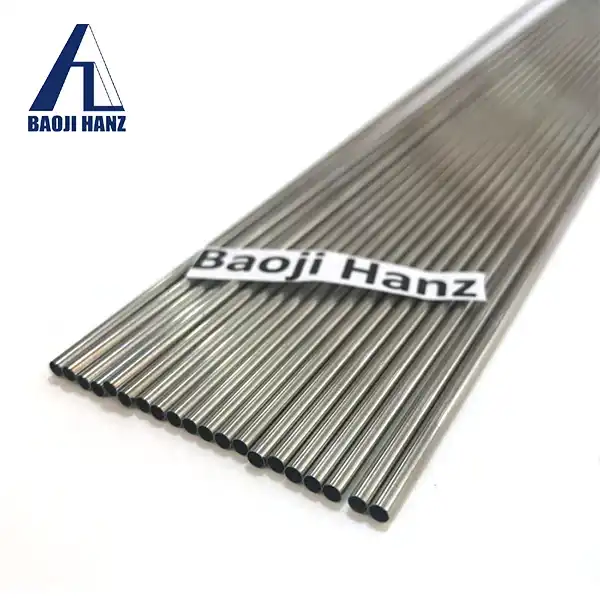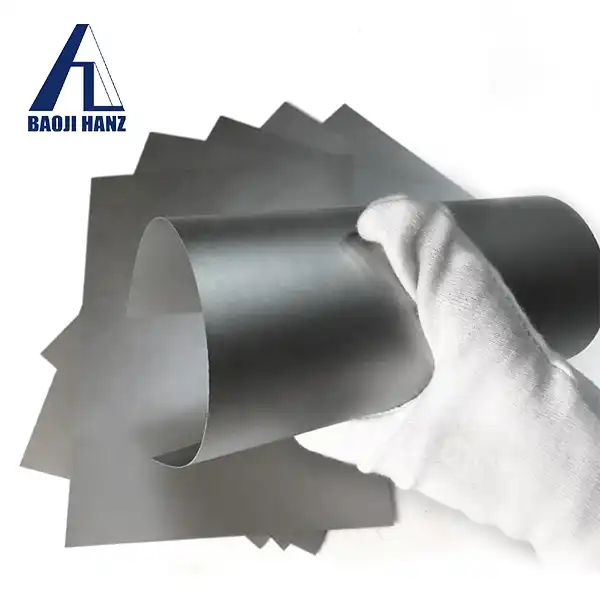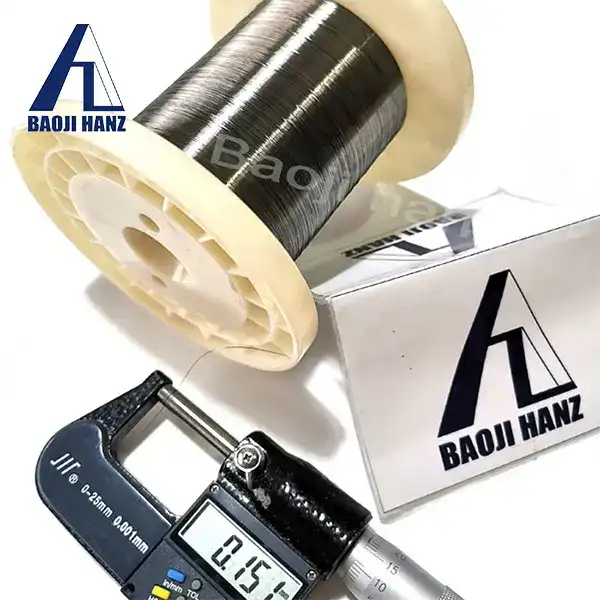How does a nitinol rod work?
2024-07-19 17:04:54
What Makes Nitinol Rods Superelastic?
To understand how nitinol rods work, it's essential first to grasp the concept of superelasticity. Superelasticity, also known as pseudoelasticity, is a unique property of nitinol that allows it to undergo significant deformation and return to its original shape upon unloading. This behavior is due to a phase transformation within the material.
Phase Transformation in Nitinol
Nitinol exhibits two distinct crystalline phases: austenite and martensite. At higher temperatures or under specific stress conditions, the material exists in its austenite phase, which has a body-centered cubic structure. When stress is applied, the austenite transforms into martensite, a monoclinic or orthorhombic phase, allowing the material to deform.
When the stress is removed, the martensite reverts to austenite, and the material returns to its original shape. This phase transformation occurs without a significant temperature change, enabling the superelastic behavior of nitinol rods. This property is particularly advantageous in applications where the material needs to endure substantial strain without permanent deformation.
Superelastic Nitinol Rods in Action
Superelastic nitinol rods are employed in various applications where flexibility and durability are critical. For instance, in the medical field, nitinol rods are used in stents, guidewires, and orthodontic devices. These applications benefit from the rods' ability to bend and flex without losing their shape, providing reliability and performance over extended periods.
How Are Nitinol Rods Used in Medical Applications?
Nitinol's biocompatibility and unique mechanical properties make it a material of choice in the medical industry. Let's explore some specific medical applications of nitinol rods.
Nitinol Rods in Orthopedic Surgery
In orthopedic surgery, nitinol rods are utilized for bone fracture fixation and spinal surgery. Their superelasticity allows for dynamic stabilization of fractures, accommodating micro-movements and promoting natural bone healing. Moreover, the rods' ability to return to their original shape ensures that they maintain alignment and stability over time.
Nitinol Stents
Stents made from nitinol rods are used to treat narrowed or blocked blood vessels. The superelasticity of nitinol allows the stent to be compressed into a small size for insertion and then expand to fit the vessel once in place. This property reduces the risk of vessel injury and ensures the stent remains securely positioned, improving patient outcomes.
Nitinol Guidewires
Nitinol guidewires are essential tools in minimally invasive procedures. Their flexibility and strength enable navigation through complex vascular pathways, providing support for catheters and other instruments. The superelasticity of nitinol ensures that the guidewire can withstand significant bending and twisting without kinking or breaking.
What Are the Benefits of Using Nitinol Rods in Engineering?
Beyond medical applications, nitinol rods offer numerous advantages in engineering and industrial contexts. Here, we'll examine some key benefits.
Vibration Damping
One of the notable properties of nitinol is its ability to absorb and dissipate energy, making it an effective material for vibration damping. In aerospace engineering, nitinol rods are used to reduce vibrations in aircraft components, enhancing stability and performance. This damping capability also extends the lifespan of the components by reducing wear and tear caused by vibrations.
Actuation and Sensing
Nitinol rods are employed in actuators and sensors due to their shape memory effect. When heated above a certain temperature, nitinol rods can return to a predetermined shape, providing actuation capabilities. This property is utilized in various applications, including robotics, where precise and repeatable movements are essential.
Fatigue Resistance
Nitinol's high fatigue resistance makes it an ideal material for applications involving cyclic loading. In automotive engineering, nitinol rods are used in components such as suspension systems, where they endure repeated stress without significant degradation. This durability enhances the reliability and longevity of the parts.
How to Properly Handle and Maintain Nitinol Rods?
Understanding the proper handling and maintenance of nitinol rods is crucial to ensure their optimal performance and longevity. Here are some best practices for working with nitinol rods.
Handling and Storage
Nitinol rods should be handled with care to avoid introducing unwanted stresses or surface damage. When storing nitinol rods, it's essential to keep them in a clean, dry environment to prevent corrosion. Although nitinol is highly resistant to corrosion, prolonged exposure to harsh conditions can degrade its properties.
Machining and Shaping
When machining or shaping nitinol rods, using appropriate tools and techniques is vital to avoid excessive heat buildup, which can alter the material's properties. Water or oil-based coolants are often used to dissipate heat during machining processes. Additionally, precise control of cutting parameters ensures that the material retains its desired properties.
Cleaning and Sterilization
In medical applications, cleaning and sterilization of nitinol rods are crucial to ensure patient safety. Standard sterilization methods, such as autoclaving, are compatible with nitinol. However, it's important to follow manufacturer guidelines to prevent any adverse effects on the material's performance.
Conclusion
Nitinol rods, with their unique properties of superelasticity and shape memory, offer immense value in both medical and engineering applications. Their ability to undergo significant deformation and return to their original shape without permanent damage makes them indispensable in various fields. By understanding how nitinol rods work and how to properly handle and maintain them, we can fully harness their potential and enhance their performance in diverse applications.
In conclusion, the versatility and reliability of nitinol rods underscore their importance in modern technology and medicine. Whether used in life-saving medical devices or advanced engineering systems, nitinol rods continue to push the boundaries of what is possible, driving innovation and improving quality of life.
References
- Stoeckel, D., Pelton, A., & Duerig, T. (2004). Self-expanding nitinol stents: material and design considerations. European Radiology, 14(2), 292-301. doi:10.1007/s00330-003-2022-5.
- Morgan, N. B. (2004). Medical shape memory alloy applications—the market and its products. Materials Science and Engineering: A, 378(1-2), 16-23. doi:10.1016/j.msea.2003.10.326.
- Wu, M. H., & Schetky, L. M. (2000). Industrial applications for shape memory alloys. Proceedings of the International Conference on Shape Memory and Superelastic Technologies, 171-182.
- Duerig, T. W., Tolomeo, D. E., & Wholey, M. (2000). An overview of superelastic stent design. Minimally Invasive Therapy & Allied Technologies, 9(3-4), 235-246. doi:10.3109/13645700009155601.
- Pelton, A. R. (2011). Nitinol fatigue: A review of microstructures and mechanisms. Journal of the Mechanical Behavior of Biomedical Materials, 4(6), 775-791. doi:10.1016/j.jmbbm.2011.03.018.

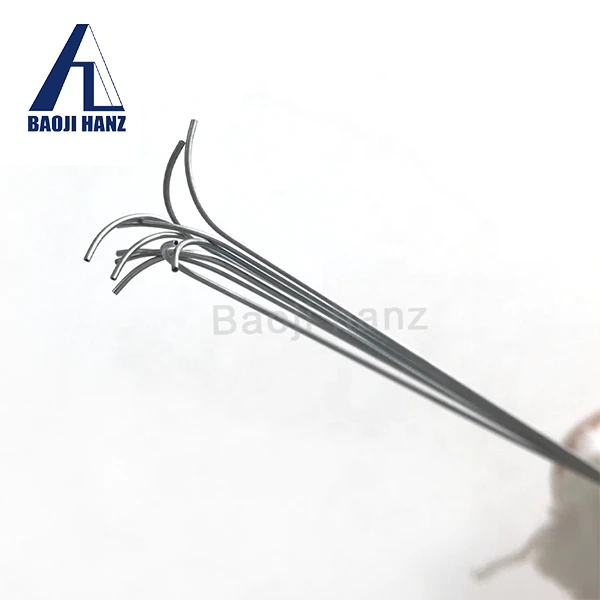

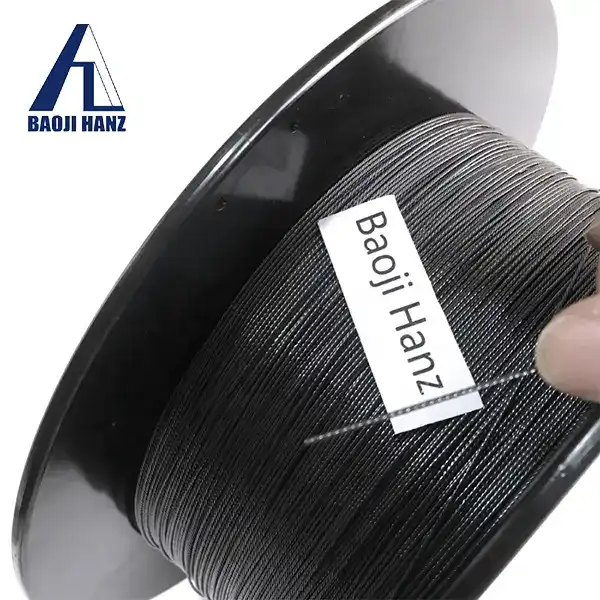
.webp)
